Turbidity meter calibration
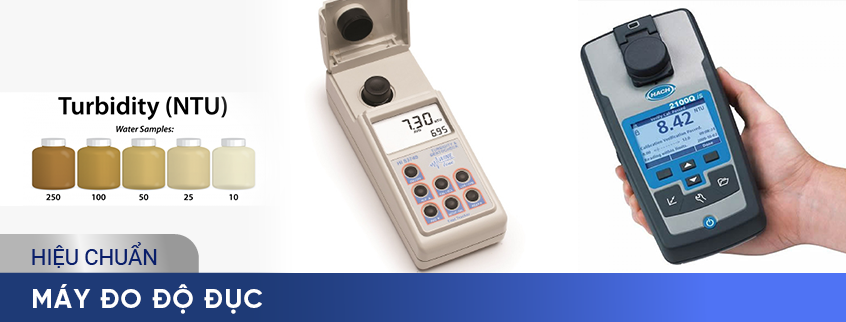
Main content
- What is turbidity?
- Turbidity meter
- Structure and operating principle
- Application
- Why should a turbidity meter be calibrated?
- Turbidity meter calibration procedure
Turbidity is an important index to evaluate water quality, showing the presence of suspended particles in water such as algae, dirt, minerals, bacteria,... has an effect on color, temperature, oxygen levels and living organisms in the water.
-Turbidity is the turbidity or opacity of a liquid caused by a large number of individual particles usually invisible to the naked eye, these particles may be algae, clay, silt, dirt, inorganic matter. muscles, minerals, proteins, organic acids, oils or plankton, bacteria and other microorganisms.
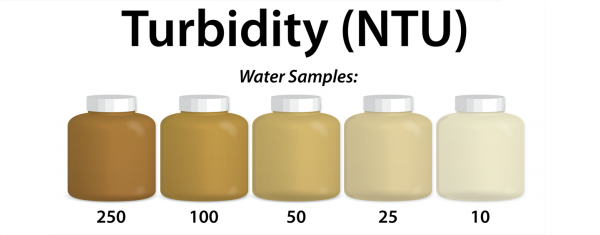
- Turbidity is an optical measurement indicating the presence of suspended particles. It is measured by shining light through a sample and quantifying the suspended particle concentration. The more particles there are in the solution, the higher the turbidity, and the turbidity can affect the color of the solution.
- However, it should be noted that turbidity and TSS (Total Suspended Solids) are both related to suspended particles in water but turbidity is not the same as TSS. TSS measurements are gravimetric measurements to determine the mass of substances suspended solids in the sample, which is done by weighing the solids separated from the solution.
- Widely used water turbidity measurement units are Nephelometric Turbidity Units and Formazin Nephelometric Units.
- Turbidity measurement is an important test to evaluate water clarity and water quality standards in all indicators from drinking water to environmental management.
There are many different methods to measure water turbidity such as visual observation and using a turbidity meter. However, turbidity meters give the fastest and most accurate results.
2. Turbidity meter
 |
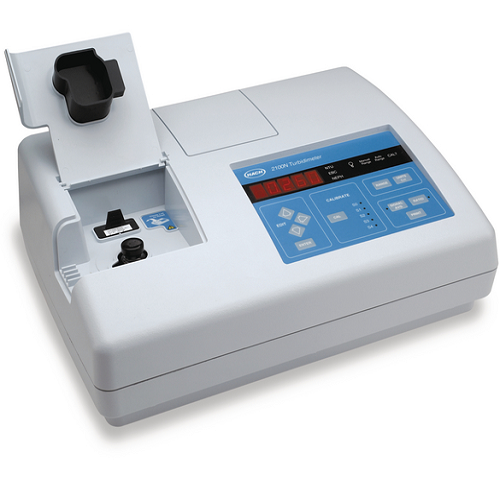 |
A turbidity meter is a device used to measure the turbidity and opacity of water, indicating the amount of suspended particles in the liquid. Turbidity meters are used in water treatment plants, laboratories, aquaculture, environmental monitoring,...
There are two commonly used types of turbidity meters: handheld turbidity meters (used in the field) and benchtop turbidity meters (usually used in the laboratory).
3. Structure and operating principle
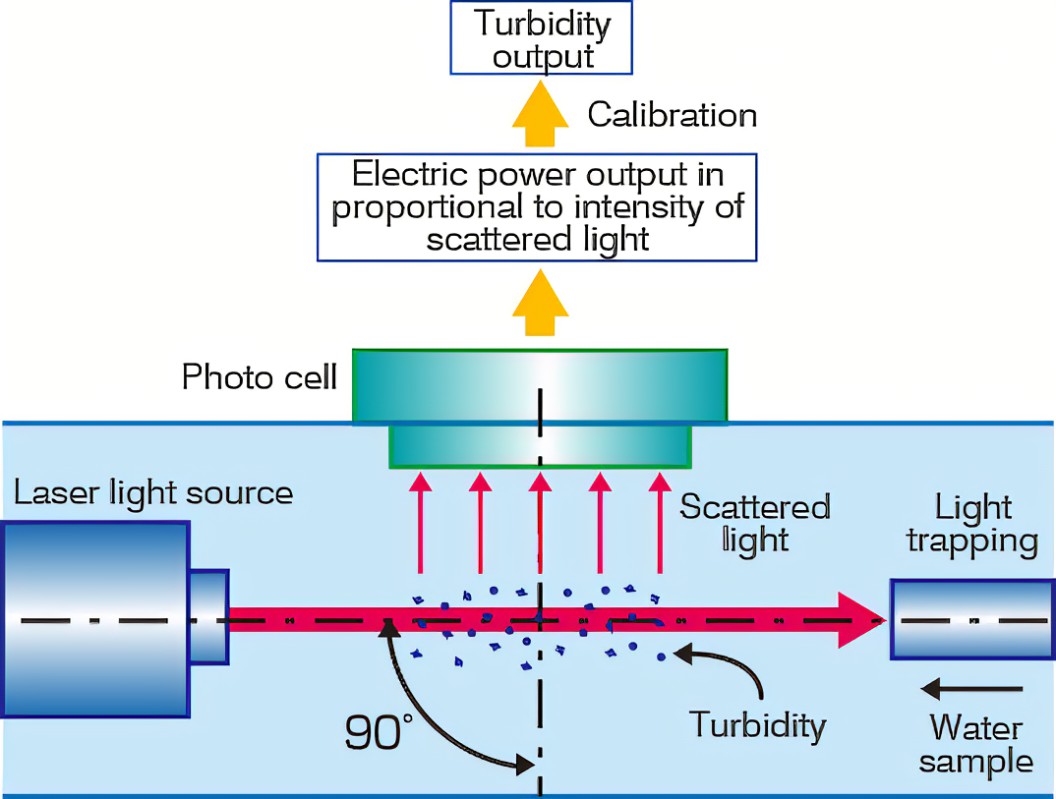
A turbidity meter is made up of three main components:
1. Light source: emits a beam of light
2. Lens: directs the light beam through the solution sample (containing particles). The particles absorb this light energy and scatter it in all directions
3. Photoelectric detector: the detector is placed at a 90° angle from the light beam to measure the amount of light scattered by particles in the sample.
4. Light trapping: prevents any light that has passed through the solution sample from being detected and causing errors in the reading.
The turbidity meter operates on the principle of light scattering. The turbidity meter has a light source, usually an LED, that emits light into the sample. When light passes through a liquid sample, it interacts with particles suspended in the liquid, causing turbidity and then redispersing the light depending on the size, shape, and composition of the solid. The amount of scattered light is proportional to the number of particles suspended in the sample.
A turbidimeter measures this scattered light using a detector placed at a specific angle to the light source, measuring the amount of light scattered by the particles, this angle is typically 90 degrees. The detector then converts the scattered light into an electrical signal, the intensity of which is proportional to the amount of light scattered by the particles, which in turn is proportional to the turbidity of the sample.
The electrical signal is then processed by a microprocessor in the device, which calculates the turbidity of the sample based on the intensity of the signal. The calculated turbidity value is then displayed on the digital display for easy reading.
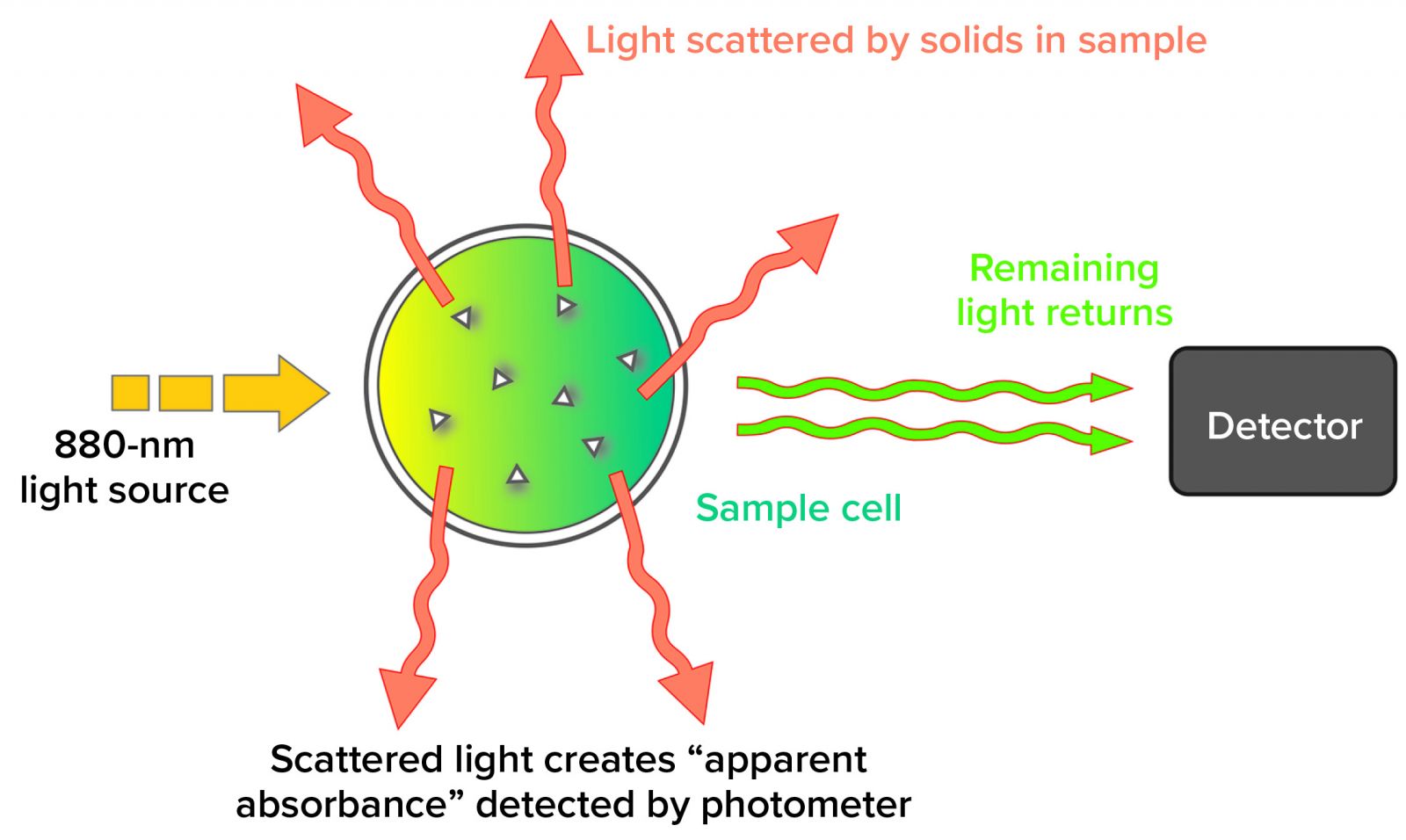
4. Application
- Water quality management: Turbidity is used as a measure of water quality, and is one of the standard water quality indicators in all indicators from drinking water to environmental management.
- Environmental monitoring: Turbidity measurements are used to monitor water quality in rivers and streams and impacts on aquatic habitats.
- Wastewater treatment: Measuring wastewater turbidity helps monitor the presence of harmful pathogens.
- Food and beverage industry: Turbidity measurement is useful in wineries, as well as other applications in the food and beverage industry.
- Used in environmental analysis, and water source analysis: Turbidity meter helps reflect changes in type, size and concentration of particles in the sample
5. Why should a turbidity meter be calibrated?
This is an analytical device used very often in experiments, research, production, water treatment and environmental management. Therefore, calibrating the turbidity meter is extremely necessary and important for many reasons:
- Accuracy: calibration to ensure the meter provides accurate, reliable measurement results
- Compliance with regulations: Regularly calibrate turbidity meters to ensure compliance with water quality standards in all indicators from drinking water, and domestic use to environmental management.
- Efficiency and safety: Accurate turbidity data helps estimate the amount of chemicals needed for the operation of water treatment works and helps ensure the safety of water sources.
Calibrating the turbidity meter will help detect problems if the meter fails or provides unreliable results. This allows users to promptly detect and fix them by adjusting, repairing, or replacing them.
6. Turbidity meter calibration procedure
Below is a summary presentation of the Reference Turbidity Meter calibration procedure from the technical literature ĐLVN 275:2014. The actual equipment calibration process will have certain differences in the method (internal process) compared to the general standards ĐLVN 275:2014.
- When performing calibration, the following environmental conditions must be ensured
+ Temperature: (25 ± 2)°C
+ Humidity: (65 ± 15)%RH (no dew)
To consult and request for quote on our turbidity meter calibration services, please kindly contact us via the following information:
LABORATORY: DONG TAM MEASUREMENT AND TECHNICAL TRADING SERVICE CO., LTD
ADDRESS : No.57-59 Street 11, Binh Hung Residential Area, Binh Hung Commune, Binh Chanh District, Ho Chi Minh City
TEL: 028 375 83 869 - Hotline: 0909 347 891 (Mr. Lâm)
Email: info@dongtam-mes.vn
Relative post | Xem tất cả
- Stopwatches calibration
- ORP meter calibration
- Hydrometer calibration
- Analytical and Technical balance calibration
- Analytical and Technical balance verification
- Spring dial scales verification
- Spring dial scales calibration
- Bench weight scale verification
- Bench weight scales calibration
- Platform scales verification
- Platform scales calibration
- Chlorine meter calibration













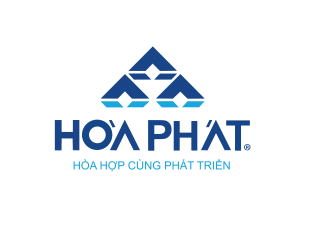





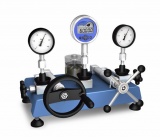
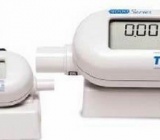
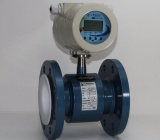

 Legal
Legal  Call: 0283.7583869
Call: 0283.7583869  Search for Certificate
Search for Certificate  Contact
Contact